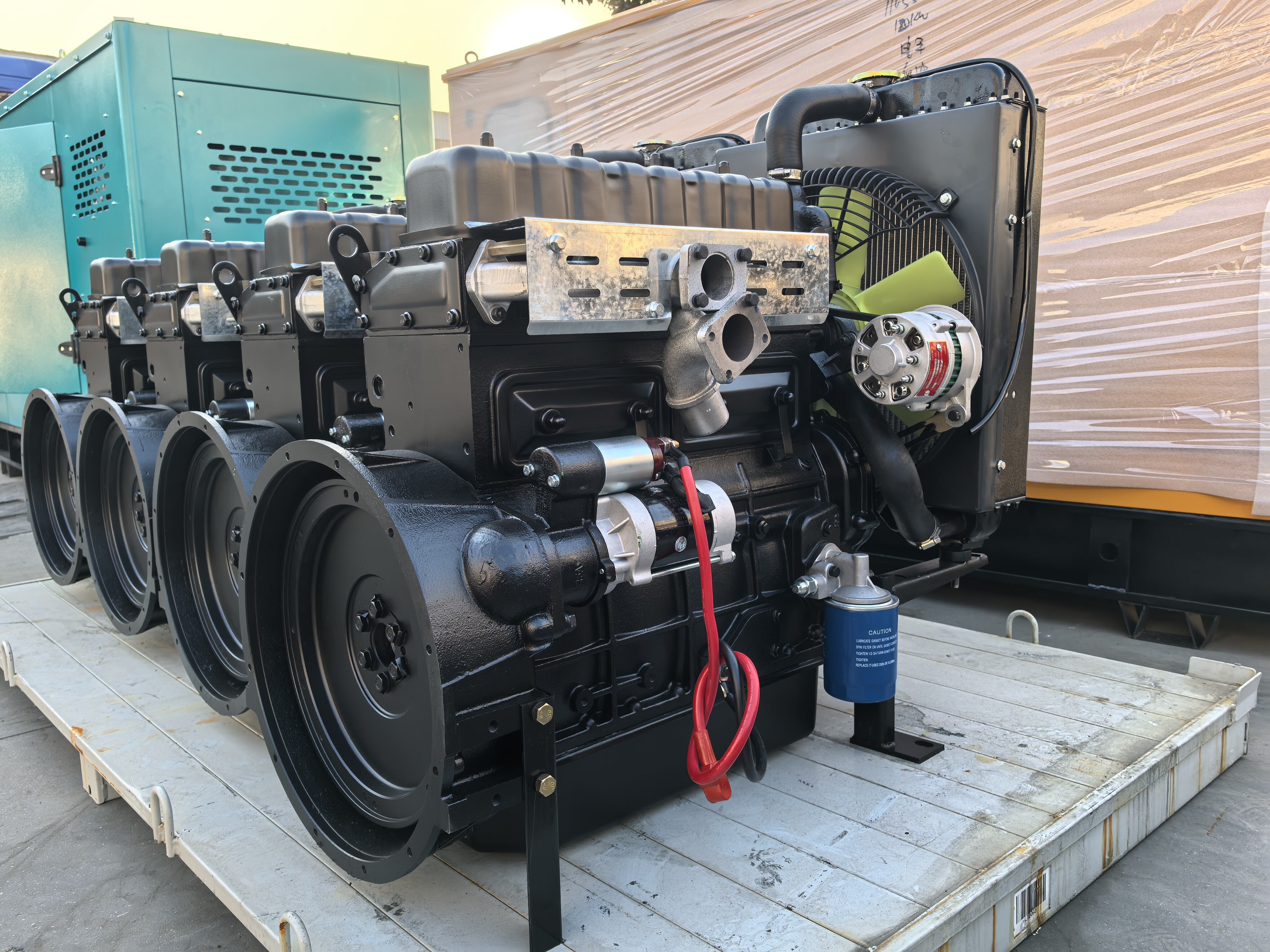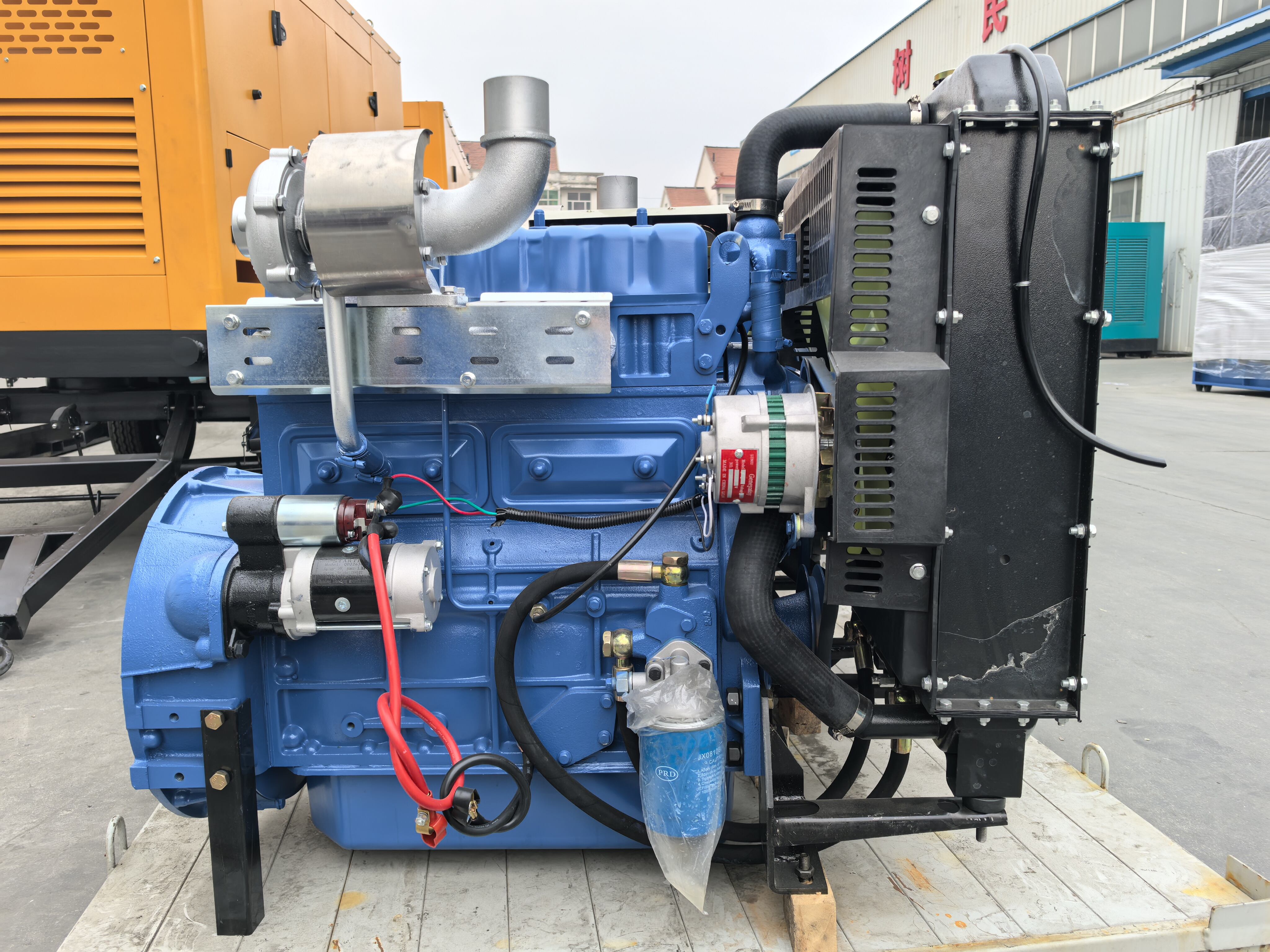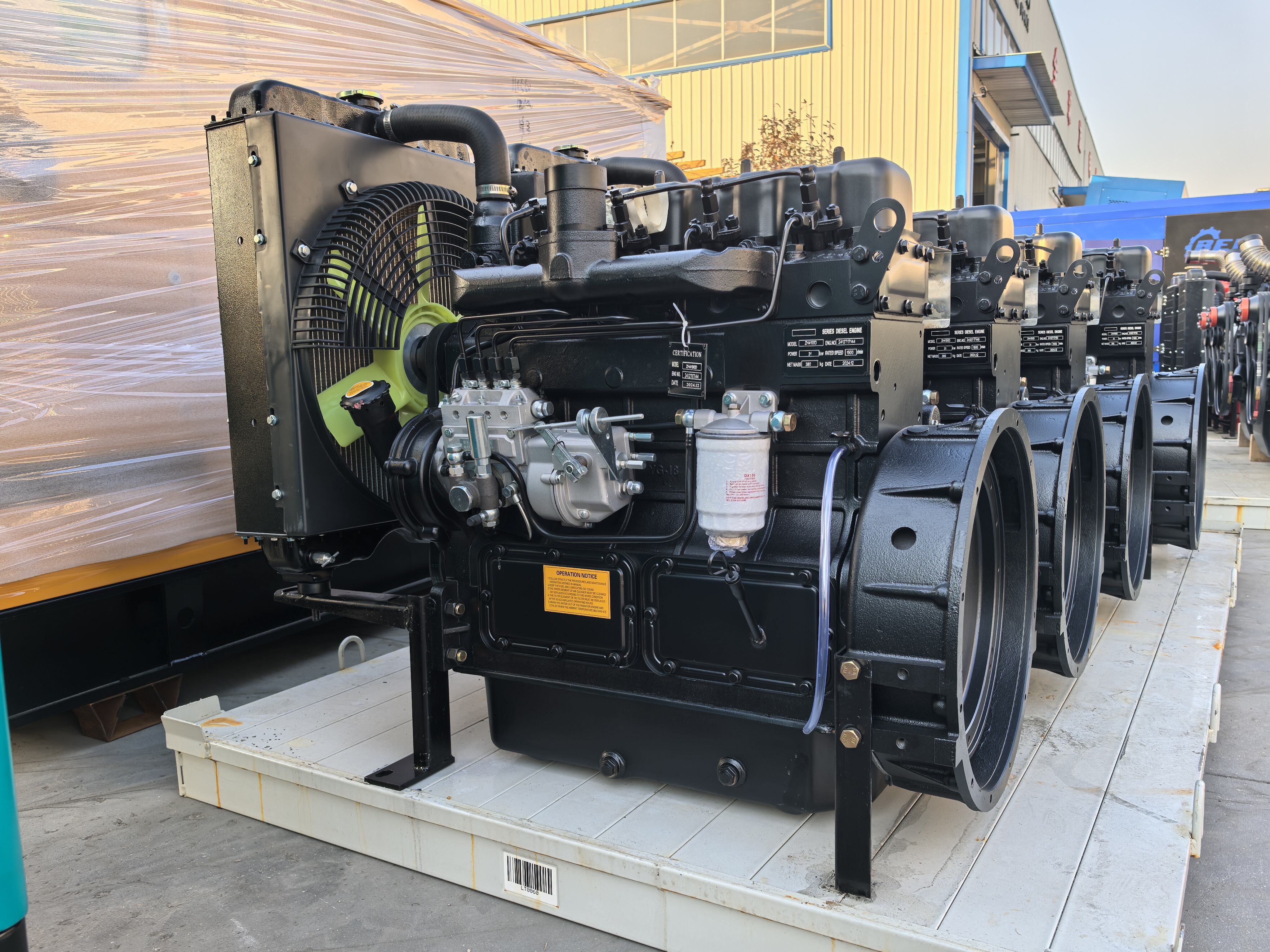thermoelectric generator
A thermoelectric generator (TEG) represents a groundbreaking technology that directly converts heat energy into electrical power through the Seebeck effect. This solid-state device operates without moving parts, making it exceptionally reliable and maintenance-free. The generator consists of multiple thermoelectric modules, each containing semiconductor materials arranged in pairs and connected electrically in series and thermally in parallel. When one side of the generator is heated while the other remains cool, it creates a temperature differential that drives electron flow, producing electrical current. These generators can harness waste heat from various sources, including industrial processes, vehicle exhaust systems, and even body heat. The efficiency of thermoelectric generators typically ranges from 5% to 10%, which, while modest compared to conventional power generation methods, becomes highly advantageous in applications where reliability and simplicity are paramount. Modern TEGs incorporate advanced semiconductor materials like bismuth telluride and lead telluride, optimized for specific temperature ranges and applications. The technology finds extensive use in space exploration, where it powers satellites and deep space probes using radioactive decay heat, as well as in remote terrestrial applications where conventional power sources are impractical.


